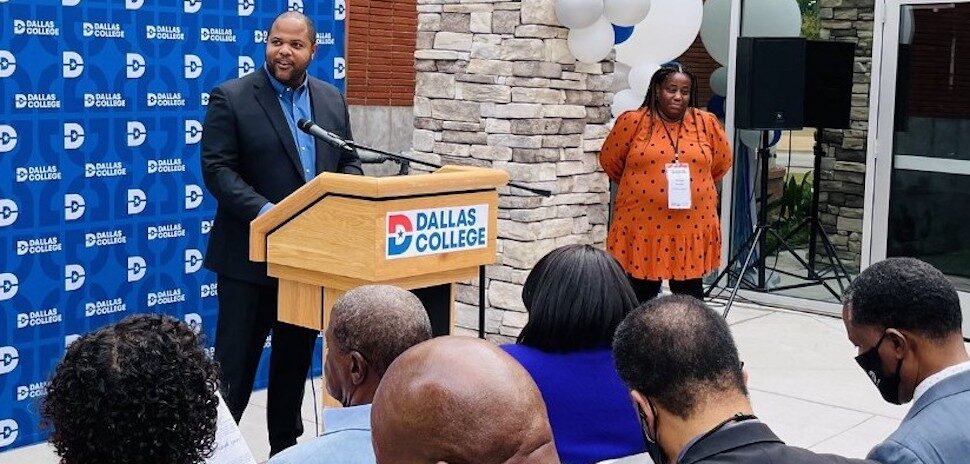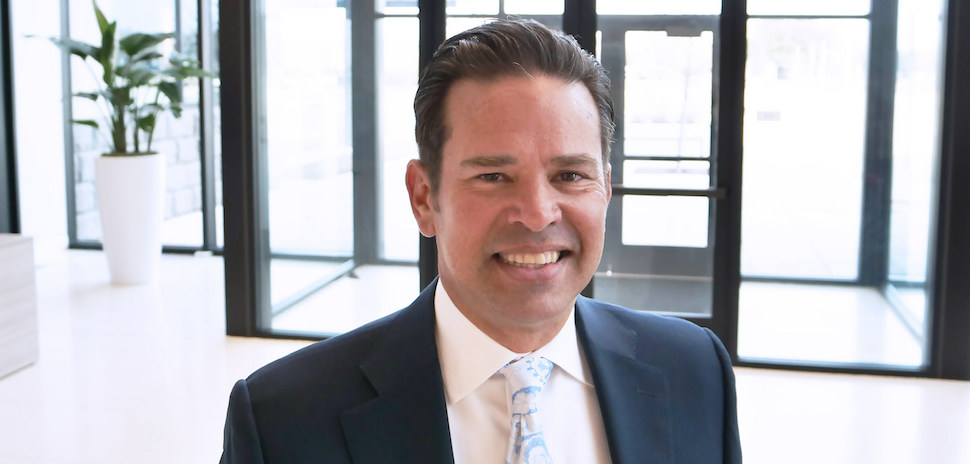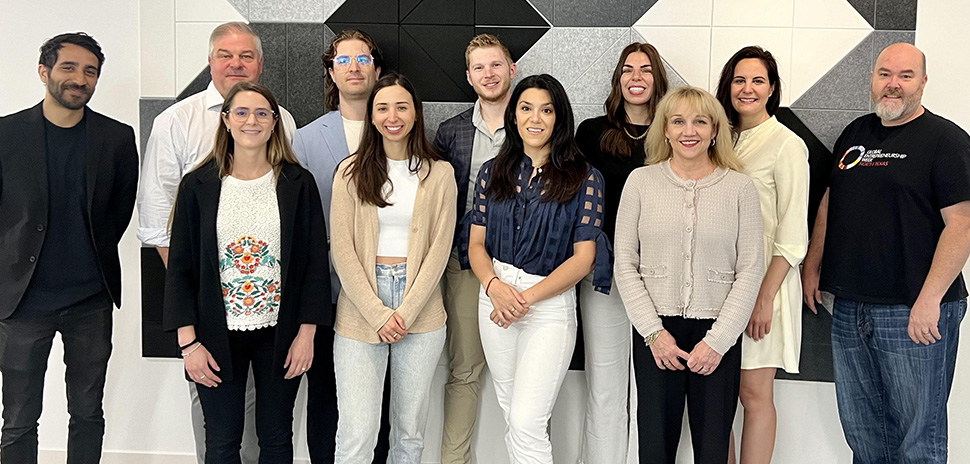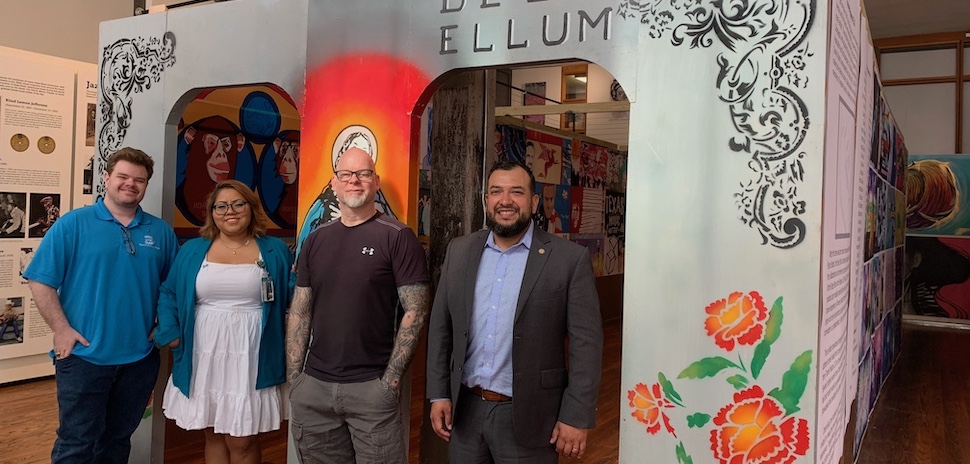For more than 10 years, I have been involved in numerous organizations; including student activities, a fraternity life, young professional groups, established institutions, organizations that serve my community, national organizations, startup companies, and startup nonprofits. I’ve even been the head of the Dallas Black Chamber, a 90-year old established organization. I have peers who are younger, my same age, and who are considered elder statesmen (and women) in our society. My takeaway from my experiences (and advice to existing companies/organizations) is to infuse more millennials into your decision-making processes. Don’t just hire them — empower them. If there’s a combination of young horsepower and strategic thinking from individuals who’ve been in the organization, millennials can effectively innovate any organization or company.
My takeaway from my experiences (and advice to existing companies/organizations) is to infuse more millennials into your decision-making processes. Don’t just hire them—empower them.
One thing that frustrates me is the lack of cross-communication between age groups in an organization, as this leads to ineffectiveness. Organizations are either too young, with not enough experience or depth; or it’s archaic and rigid, where outdated processes suffocate innovation and productivity. A simple cross-pollination of vitality and expertise may assist in preserving companies that have been successful for generations, but are striving to maintain relevance in today’s society.
We allow petty arguments and mis-characterizations stunt our development of ideas, service, and achievement, prohibiting us to make the best decisions possible. It is the stereotype that millennials are narcissistic, entitled, and rash decision-makers. In actuality, millennials are most comfortable with technology as we are the first generation to fully incorporate computers with our way of life (education, work, leisure, et cetera). It’s also believed that once you’re old, you are useless, stubborn, and slow to change anything. The truth is, veterans in organization carry institutional knowledge on how the current process was derived that is invaluable to all members; the former descriptors will start conflict (leading to an adversarial relationship), while the latter shows understanding and cooperation, making everyone happy.
Allow your organization vibrancy by having a younger person create new ways of solving problems.
In order for avoid this, there needs to be actions done with both parties. Young people, slow down. Process information more and communicate with tenured people so you can receive the full context, allowing you to provide the best solution to the problem. Also, withstand the initial criticism of veterans in organizations; they are intimidated by the amount of change in technology, and may not be able (or do not choose) to articulate with you their vulnerabilities. Building a rapport will help bring the walls down. In their words, you can analyze their frustration and provide a solution.
Older/more tenured professionals, don’t get intimidated. Embrace a new perspective and actively engage with younger individuals, building a relationship (which we millennials typically appreciate). Transition to the mentor role. Allow your organization vibrancy by having a younger person create new ways of solving problems. Sure, there will be some dissonance initially, but once a foundation of trust is set we can proceed with completing our projects.
Both age groups need each other to survive. Let’s actively work with each other so we can continue to build organizations that promote productivity and positive impact.
For a daily dose of what’s new and next in Dallas-Fort Worth innovation, subscribe to our Dallas Innovates e-newsletter.




































































